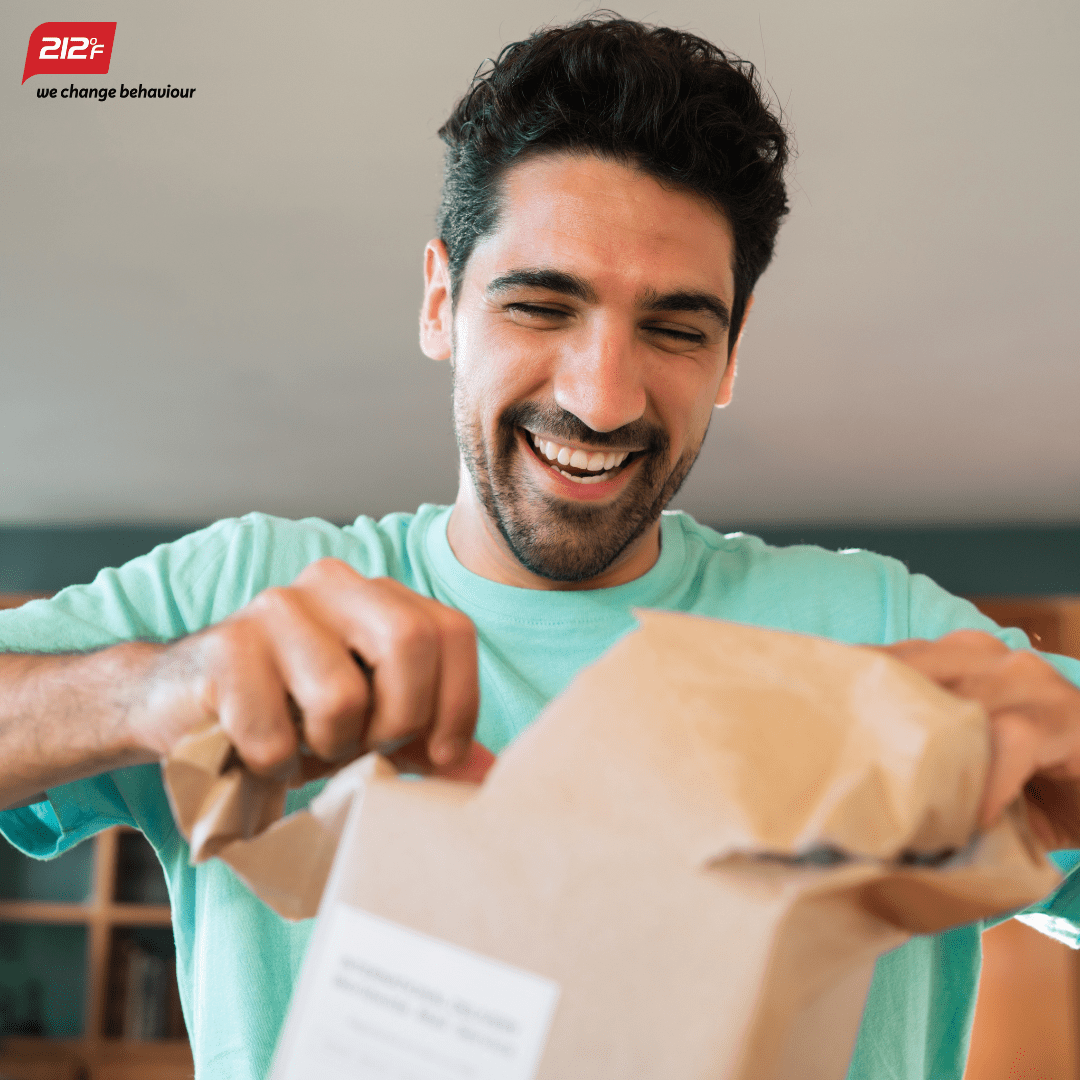The perspective towards customer rewards and rewarding expectations is a fluctuating standard, especially as loyalty programs become more commonplace in B2B industries.
We’ve spent the last few years discussing the best type of rewards across incentive and loyalty programs across several channels – with our clients, on our blog, and within Engage magazine – and the importance of choosing the best type of reward to secure customer engagement from your specific audience within the program.
It’s important to reflect on the trends across the past few years from both a business and customer perspective, as we can try to use this to anticipate future changes and trends from B2B customer bases.
Delivery times must be a fundamental consideration now. Fast-moving consumer goods (FMCG) markets like Amazon have normalised expecting a quick delivery (ranging from next-day to same-day), which can create unrealistic expectations from program participants around more standardised delivery timeframes.
Clear and easily understandable delivery and fulfilment timeframes are essential to minimising negative sentiment towards a program. A simple guide to delivery times needs to include the expected timeframe for receiving a delivery claim, whether through post, courier, or digital means. Reviewing your delivery process can also benefit your organisation, as it can result in shaving time off or completely removing unnecessary hurdles, streamlining the customer experience.
As we’ve become conditioned to an almost entirely digital experience, many customers choose digital gift cards over physical rewards. On top of providing a more comprehensive range of choices (and, in complex markets, providing the ability to turn rewards into everyday essentials), it also gives program participants instant gratification.
As mentioned above, we’ve become used to receiving our rewards near-instantaneously, meaning that customers want to immediately get their physical product when they can receive a gift card via email in minutes and go out to purchase what they’re looking for.
However, this can be considered close to a rebate in theory. A rebate program does have its benefits, returning a portion of the purchase price to the customer once they’ve made a purchase, but it lacks the incentivisation and behavioural reinforcement that a rewards program can offer by conditioning the customer to receive their reward after completing a specific task, such as purchasing or reaching a sales target.
Digital gift cards, while convenient for brands and customers, lean closer to a rebate program than a reward. They offer value but need a physical reward, brand association, and trophy value.
It’s essential to consider your reward selection when preparing your loyalty or incentive program.
You’ll need to select rewards that influence a behaviour chosen and drive engagement towards a preferred outcome. While convenient, digital gift cards may not be the perfect fit for the behaviour you’re driving to change.
Most people are motivated by the belief that their effort will lead to a desired outcome or reward. In psychological theory, this is known as expectancy theory, and it strongly supports our belief in physical rewards in your B2B loyalty and incentive programs.
Physical rewards offer a representation of the program participants’ desired outcome that they can hold and reinforce the connection between the effort they put in and the achievement they received. The tangibility of these rewards can increase their future motivation, effort, and performance by driving their expectancy from the program. The flexibility of rewards is also great for being tailored to any budget, meaning that physical rewards are possible for brands of all sizes.
Merchandise rewards are tried and tested as the physical component of any merchandise rewards program. It may take slightly longer to receive, but the benefits associated with brand recall and the psychological sense of accomplishment can set them apart from competition within the rewards space.
It’s not uncommon for any B2B loyalty program’s reward catalogue to be filled with the latest gadgets and knickknacks to hit the market, but this isn’t always correct. It’s better to find what will resonate with your audience rather than take a leap of faith.
When creating a reward pool, we continually review and analyse the client’s customer
demographics and fill out the catalogue with rewards that will click on an individual level. However, one thing we do differently is create value bundles, which is setting a reward price and grouping several like items under the bundle cost.
An example could be a Tech bundle with a new iPhone, AirPods, and an Apple Watch. Putting these items together into an individual bundle can set the customer up, and the redemption price within the program doesn’t have to change.

The excitement doesn’t stop there – we package all the items with a congratulatory letter from your program and your branding, making them genuinely reflect on the company that gave them the ability to earn these desired items. A digital reward can’t replicate this – who has ever been excited about opening an email?
We’ve recently seen a big swing towards bundled rewards among our clients. The ability to excite customers with a higher perceived value package while consolidating loyalty to the program brands cannot be overlooked.
It’s important to reflect on and adapt your reward mix as your program evolves. That can come down to a physical gift delivered to your customer. While it’s an older concept, it’s tried and true—and it evokes a feeling that digital cannot replicate.
Whatever way you decide to reward your customers, it’s essential to keep your eyes on the goal—keeping them engaged within the program, creating loyalty, and encouraging constructive feedback so that you can continue to provide the best possible program to your customers.